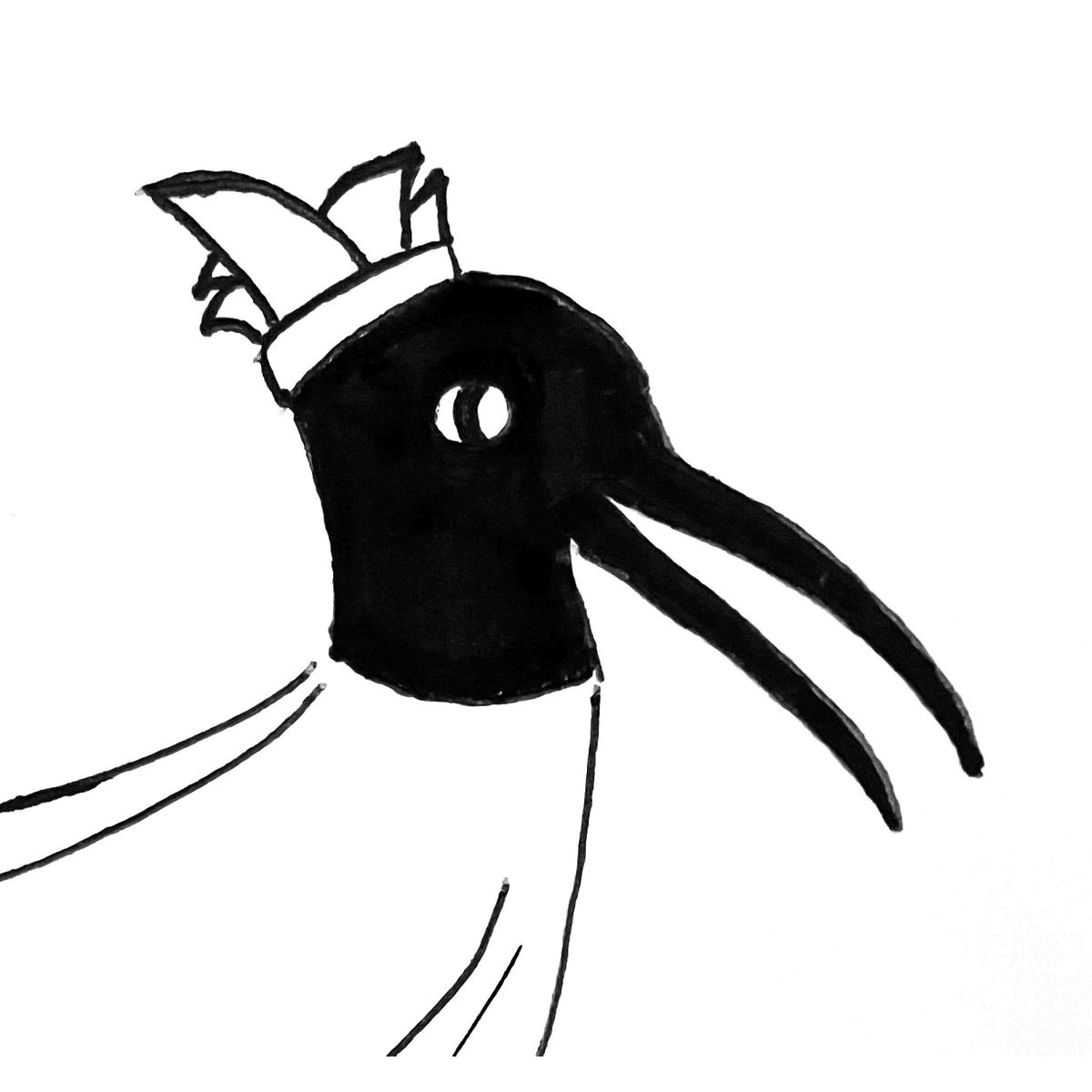Where food media needs to be, Colournary leads.
One languorous afternoon in the Pacific sharing tea and conversation with a former Deputy Prime Minister of Tonga, it was learned that his late father was one of the few that had still known how to navigate the seas by an all-embracing knowledge of the ocean swell, and the set and drift of currents. There was no wishing for clear, star-lit night skies, a compass remained superfluous. All that was required was a knowledge and connection to water.
Sela Atiola’s article in the most recent issue of Colournary Magazine (January 2022) pays tribute to her grandfather and family, and most importantly, how Tongans “continue to care for the ocean and depend on its marine life for food and nourishment”. It is no surprise that the theme for this issue of Colournary Magazine is ‘water’. The pages distend and surge with stories that continue to remind us that connection to Country is not without a connection to water. For Atiola, this is embodied and told through the story of ’ota ika. It’s a “connection to the ocean”, Atiola tells us of the fresh white fish fillet delicacy, it also “evokes memories of… our motherland”.

"Lim’s piece navigates the fluidity of culinary cultures with seeming perfection, utilising revealing examples such as Peruvian-Chinese cuisine, or Chifa."
This idea of the motherland drips throughout the magazine. Xinyi Lim, head chef at Sydney’s Cafe Freda’s expounds this adroitly by plunging into the “diasporic force” of people journeying across waters, carrying with them their “food cultures” which meld “culinary traces” into their destinations. They’re journeying from the motherland, out. In the case of Ngoc Tran, the idea of a motherland, or rather, a homeland, looks at tracing “family lineage” and how nuoc mam is an integral part to this. It is “comfort” when homeland or “que huong” is being missed. For writers throughout the magazine, we see what foods and thoughts connect them to a ‘home’, pindang in Bali, rivers in West Bengal and Melbourne.
Lim’s piece navigates the fluidity of culinary cultures with seeming perfection, utilising revealing examples such as Peruvian-Chinese cuisine, or Chifa. As Nikkei cuisine does with Japanese, Chifa “blends Cantonese elements with traditional Peruvian ingredients and traditions”. Intentionally or not, Lim echoes famed American-Korean chef David Chang’s thoughts that foods evolve through necessity and an “overall lack of familiar ingredients… [and] difficulties in producing the food of their home country in a traditional way”. This is important as it marks the key difference between genuine culinary cultural change - culinary fluidity, and any modern notions of ‘fusion’.

"Wong unpacks an entire book’s worth of intellect and wisdom in just a few pages"
Articles in Colournary drift throughout the Asia-Pacific, we stop in Australia for its rock oysters, botanicals, and saltwater knowledge, being shared with us through Gunditjmara woman Niyoka Bundle at Pawa Catering. Floating up, the magazine visits Bali, the Philippines, West Bengal, and even Jeju island off the Korean peninsula. The zenith of the journey however, is Caroline Wong’s incredibly perceptive article on Eating the Whole Fish, working ever so well with Wong being “mostly vegetarian”. Wong unpacks an entire book’s worth of intellect and wisdom in just a few pages, covering issues such as consumerism and ethical consumption, sustainability, privilege, cultural identity, and intergenerational differences - all in relation to eating and food choices. What makes Wong’s article pertinent is that these are issues that are being talked about now. Why is Josh Niland ever-so-popular and being rewarded for something that Wong’s parents have most likely done for forty years? Because, as Wong deftly puts it, “only white chefs can popularise nose-to-tail and whole-hog eating philosophies, while reaping praise for their so-called revolutionary approach to eating animals and reducing food waste”.

"It is as if each recipe in Colournary is a family heirloom that has been secretly shared with you by its author."
The reader’s concluding voyage is to an immensely humbling collection of recipes which bookend the magazine. Uncovering these is like being there with Catherine Ortega-Sandow on her 1991 voyage from a WA mining town to Baybay - a bunch of papers tucked into a trunk, they’re family recipes, and they’ve somehow found themselves onto the pages of Colournary Magazine. It is as if each recipe in Colournary is a family heirloom that has been secretly shared with you by its author. One could purchase a copy of this magazine just for the recipes, and it is pleasing to see that a magazine youthful in its production and stories incorporates voices of Elders within the food community, such as Tony Tan with his recipe for Fish and Taro Soup. Tan, a gastronomical veteran who is responsible for nurturing many a chef’s career, including Khanh Nguyen of Sunda and Aru fame.
Overall, the magazine is deeply personal, with the majority of articles being written in the first person, it nearly seems like Colournary puts the people first and the stories second. Editor, Rushani Epa, doesn’t disagree, noting that Colournary is “created for us” and is about “empowering people through storytelling and the sharing of our cultures and cuisines”. When discussing with Epa about Colournary, it was affirmed that “Colournary is for everyone to enjoy, but it’s first and foremost a safe space for First Nations, Black and People of Colour, and a publication that is set up to help us thrive”. And boy does it look like it's thriving.

Ibis Award: Two. It is without question that Colournary Magazine is worth purchasing. It meets eatingwithibis' criteria that once consumed, there is impact, behaviours, attitudes, and practices can change.
Ibis Tip: Issue One sold out even after a re-print, there were many unfortunate would-be purchasers. Get in quick and order your copy of Issue Two online now at Colournary Magazine before they sell out.
Editor's Note: This is an independent review and eatingwithibis is in no way associated with Colournary Magazine.

Comments